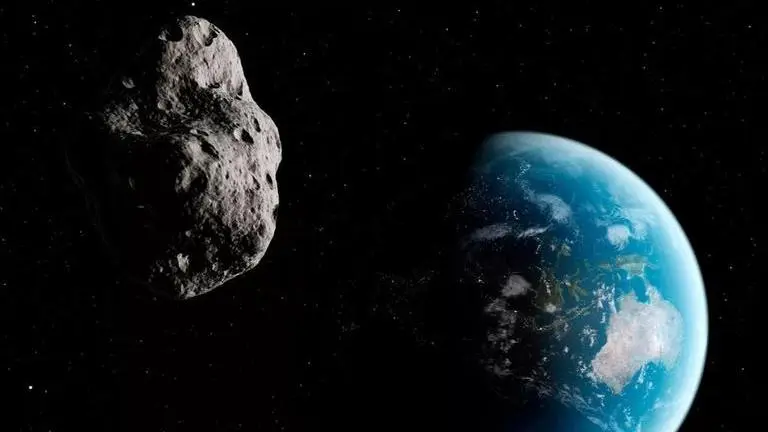Updated 13 September 2020 at 07:49 IST
Amateur astronomer from Brazil discovers large asteroid that flew past earth this week
An amateur astronomer from Brazil discovered a large, possibly dangerous asteroid called 2020 QU6 that safely passed by the Earth on September 10
- Science News
- 2 min read

An amateur astronomer from Brazil discovered a large, possibly dangerous asteroid that safely passed by the Earth on Thursday, September 10.
The asteroid, called 2020 QU6, measures roughly 3,280 feet (1,000 meters) wide and is large enough to cause a global catastrophe if it were to hit Earth. However, it posed no risk as it flew past our planet at a distance of more than 40 million kilometres, which is more than 100 times the distance between Earth and the moon, a statement from the Planetary Society said.
Bruce Betts, the chief scientist at The Planetary Society, said in the statement that we hear about asteroid discoveries more frequently because scientists are getting better at finding and tracking near-Earth objects (NEOs). There is no sudden increase in the frequency of asteroids, it is just that scientists are better at spotting them now, he said.
Advertisement
How was asteroid 2020 QU6 located?
Amateur astronomer Leonardo Amaral discovered asteroid 2020 QU6 on August 27 at the Campo dos Amarais observatory near Sao Paulo, Brazil. In 2019, he received an $8,500 grant from The Planetary Society to purchase better telescope equipment to find, track, and characterize NEOs more effectively.
Amaral's location in the Southern Hemisphere also offers a unique view for spotting a large asteroid such as this, because several professional asteroid-tracking sky surveys are situated in the Northern Hemisphere, the statement read.
Advertisement
With NASA and other major agencies already tracking asteroids, the discovery of asteroid 2020 QU6 this close to the Earth highlights the importance of ground-based astronomers like Amaral. Casey Dreier, chief advocate and senior space policy adviser for The Planetary Society, also pointed out that there is a need to invest in new space-based capabilities, such as NASA's NEO Surveillance Mission (NEOSM), which is a space telescope designed to locate and track hazardous near-Earth objects. The discovery reminds that even though scientists have found most large NEOs there is an ocean to cover, Dreier said in the statement.
(Image for representation, Credits: NASA)
Published By : Gloria Methri
Published On: 13 September 2020 at 07:49 IST
